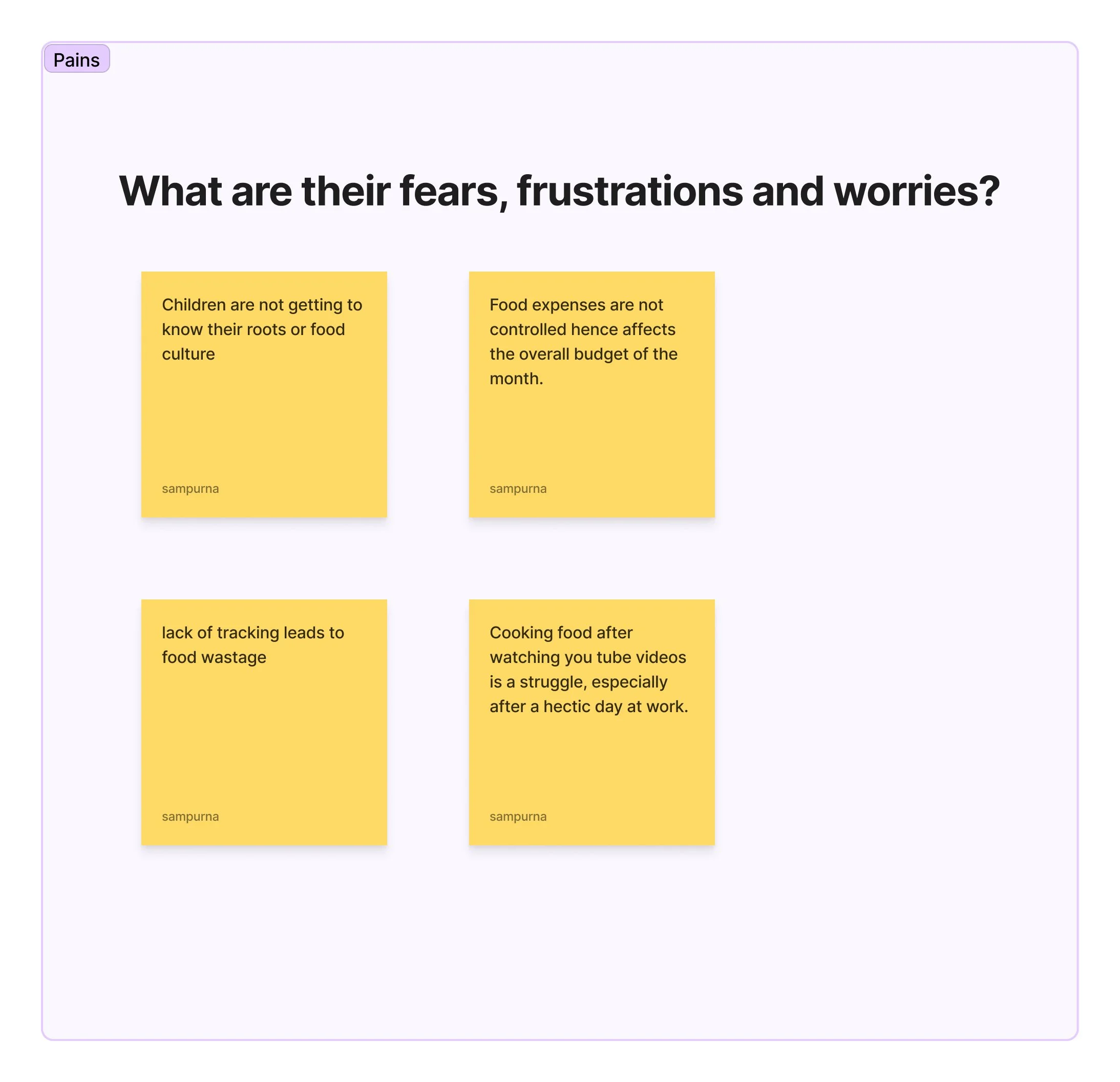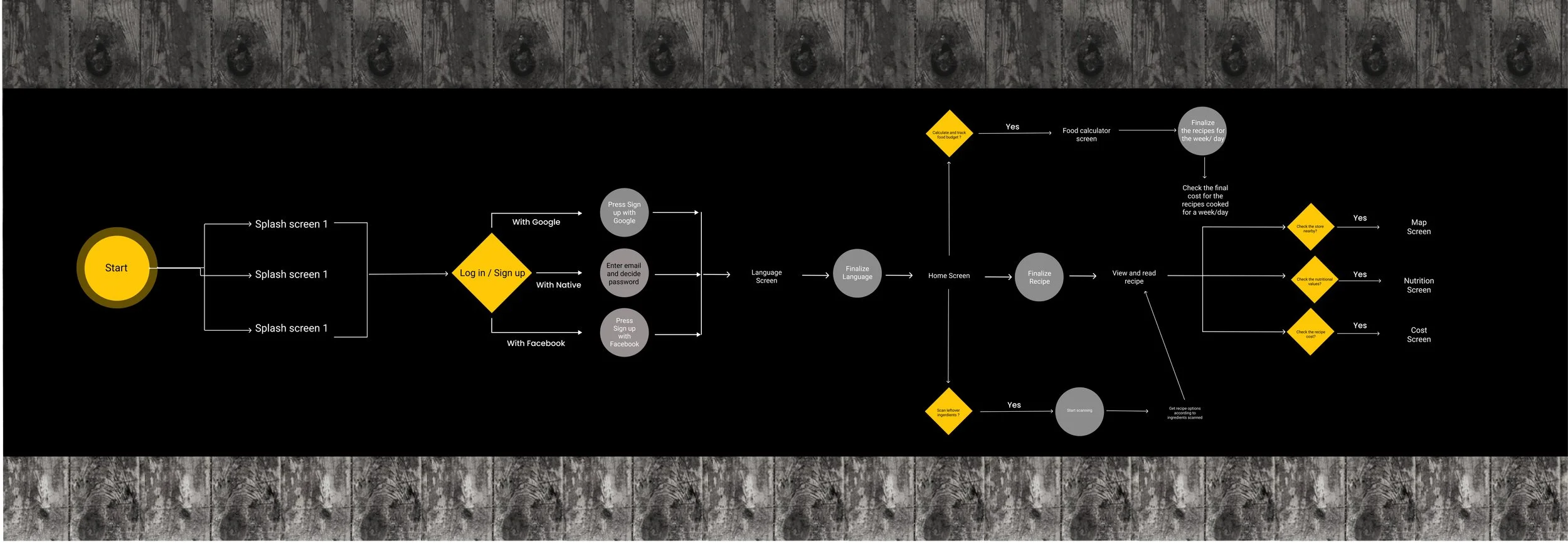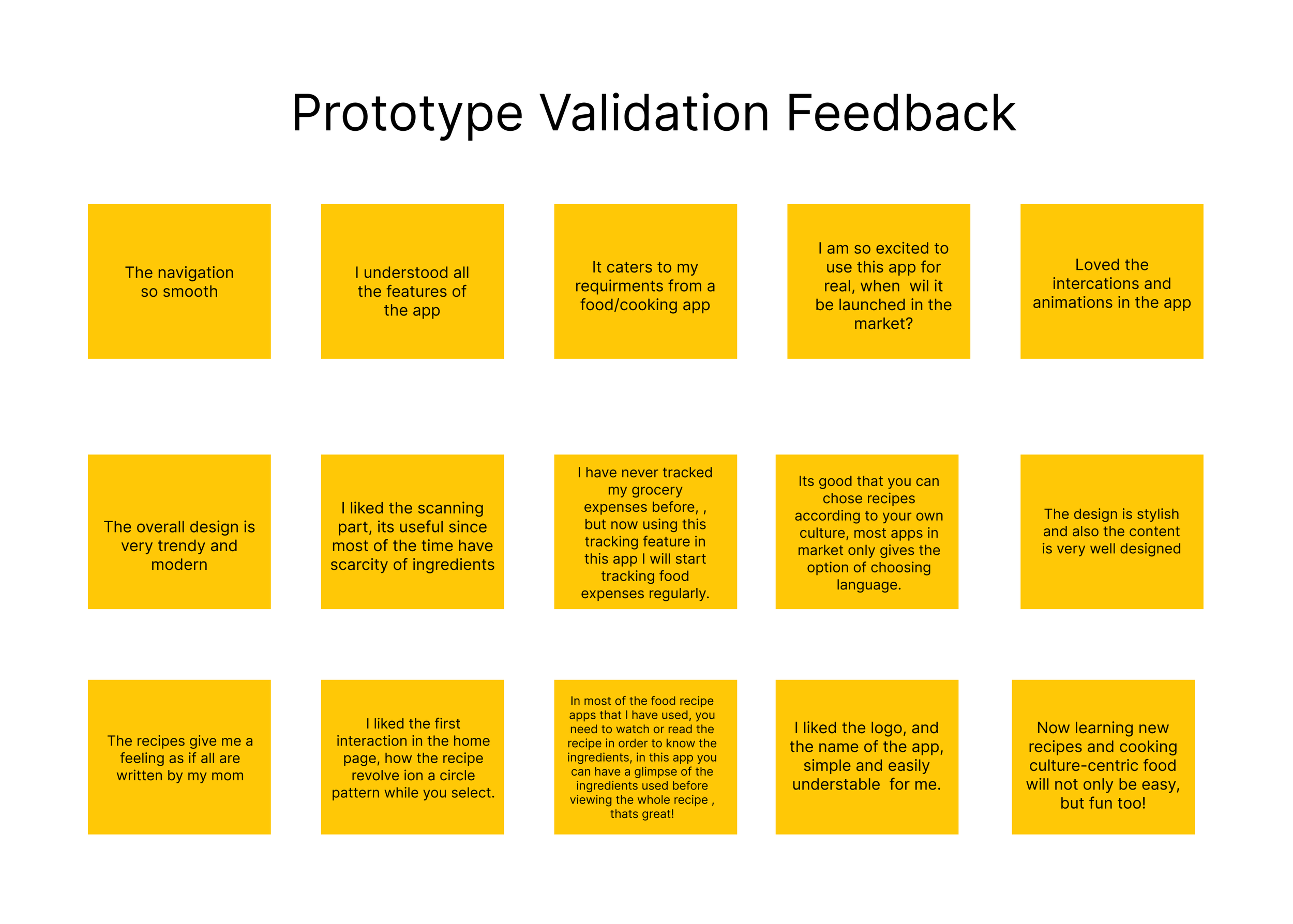My Role - UX Research, UX Writer, Data analyst, UI Designer and Project ManagerDuration - 6 Weeks (Individual Project)
Tools used - Miro, Survey monkey, Figma, Figjam Adobe Photoshop
Origin of the challenge
As an individual coming from a different country and living in Sweden, I have faced a lot of challenges. Food and language are the most common barriers that all the non-Swedish people have faced so far, especially in the island of Karlskrona. Whenever I attend any of our community festivities, this becomes the talk of the day. Every people present there complains about the food and longs for having authentic culture-based cuisine. I have observed the spark in their eyes when they start talking about the food they had in their home country which brings back childhood memories. Here in Sweden, they try to immaculate the recipe by watching a youtube video or calling their mom for the recipe, but ingredients scarcity or lack of time makes it difficult to cook the desired recipe every day. Being a non-swede myself , I also faced the same thing. Following the already available recipe guide or apps they didn't quite fulfill the requirements. Hence, when this project started I took the challenge of creating something unique and exclusive which will potentially ease the lives of immigrants in regard to food. As I already had an overview of the challenge faced by the people of my community, I formulated the hypothesis.
Hypothesis
People from different homelands wanted to feel more connected to their own country through the food culture.
I kept track of my day-to-day work and managed the entire project in Notion. I used Figjam for the major proportion of the research work and created the final solution using Figma and Photoshop.
Double Diamond
Week 1-
I had many other topics in mind and during the first week I explored all of them to see the possibilities of solving which one will be more impactful.
After an in-depth walkthrough of all the challenges, followed by a session with my PM (Program Manager) as well, I finally chose the topic of culture-based recipes —
When you start living in a different culture, sometimes it becomes overwhelming. Especially when it comes to food, people crave to eat their local culture-centric food a lot. Mothers want to familiarise their kids with the home-cooked food that they have grown up eating during their childhood. Generally, they call their family members over the phone to get recipes, but sometimes it becomes too tedious and time-consuming. How can I ease the lives of families living far from their homeland, when it comes to food?
Not only was this topic very close to my heart, but also this is a challenge I have faced personally. Being non a swede and not knowing the Swedish language either, it become a hurdle to interview Swedish people, which was a requirement for my previous topic. The target users for my selected challenge were non-Swedish and it became easier for me to conduct in-depth interviews and online surveys. Essaying the role of a project manager, I organised all my tasks and to-do lists in Notion. Well maintained documentation helps to declutter the chaos and achieve clarity for a better design solution.
Week 2-
During this week I dived deep in exploring the problem and trying to envisage the potential solution for the same. I started off by creating a survey questionnaire. Along with that I also penned down an in-depth interview questionnaire. As I already knew who my target users were, participant screening was not a hurdle in the process. With every interview, verbal or written concerns were very crucial, so I made sure that the participant understood the purpose of the interview and as well as the usage of the data provided by them..
Methodology
Online Survey Interview
Questions and respondent’s answer sample —
Do you feel that tracking or no tracking of your food items and expenditure affect your monthly budget? Please describe in detail.
Yes, tracking helps minimize food waste & that I get stuck with a missing ingredient
Tracking helps in budgeting precisely
Yes, it helps in better planning
Tracking helps.
Yes tracking helps to manage the expenditures
Yes it affects you, as you have other plans where u need to invest
Questions for in-depth interview
In-depth interview
Creating a storyboard this week helped me understand the pains of the target user in a better way. I tried to capture the moments the families are experiencing in the current scenario. It helped me to empathize with their problem and further create something which will cater to their needs in detail.
Target user Storyboard
Week 3 —
While organizing all the components of my research work in Figjam, I made sure to keep it organised from the very beginning. Data synthesizing becomes a little easier that way.
User Persona
User Empathy Map
After a satisfactory synthesis of the clustered data, I extracted my insights to further narrow down the design scope.
Insights:
#1 — People want to feel connected with their home country while physically being away, through food cuisine
#2 — People want to track and manage their food budget, thus living more economically
#3 — There is a dearth of user-friendly cuisine platforms, where people can read or view recipes easily.
The above insights were then further skimmed down into HMIs (How Might I), which helped me to categorize the necessary and unnecessary aspects of the design decisions.
HMI ( How Might I )—
How might I design an experience that will cater to all the food-related needs of non-swede people residing in Karlskrona?
How might I create a unique platform which will not only show culture-centric food recipes but will also help users manage food expenditure?
Week 4-
This week started with putting my design ideas backed up with data on a sheet of paper as a form of wireframes.
Wireframes Screenshot
Proper dissection of the HMI’s leads to etching the user journey. It was in combination with the storyboard that I created in week 2. With the completion of the user journey, I created a user flow of the app that I was about to design as a solution to the challenge based by my target user.
Week 5 and 6 —
The final weeks were solely dedicated to the execution of the high-fidelity prototype.
Presenting the final high-fidelity app — Hometown Recipes.
High Fidelity Prototype
First interaction of the app: It is the start of the app, and users get to interact with the app for the first time. After the download, the loading screen is followed by 3 splash screens which essentially explain the 3 main key features of the app.
Second interaction: The cuisine screen comes up, where the user needs to choose the cuisine of choice which is followed by the home page. The home has an interactive feature, where the selected recipe blinks indicating clickability. It also shows how many stars other users gave to that recipe along with a glimpse of the ingredients required. After tapping on the selected recipe, the following page shows the full recipe with the options of locating the store (to buy the ingredients), the nutritional value, and the overall cost of the recipe.
Third interaction: This shows the second key feature of the app, the AI-integrated aspect. This allows scanning of the leftover ingredients which then reads the items and shows recipes suitable to be cooked with them.
Fourth interaction: This is the third key feature, which helps users in tracking and managing food expenses. It has the option of calculating daily budget as well as weekly.
Usability Test
Validation from my users regarding the app was necessary. It makes my design decision more credible and also more acceptable for the stakeholders later on. I ran a quick usability test with the same set of users whom I interview earlier.
Validation questions
Prototype Feedback from users (Following the validation process via usability testing)
Reflection & Learnings
I was very excited about this project. Since it's an individual project I knew I will have full responsibility and also the privilege to conduct the research and deliver the design as would deem fit with all the decisions taken during the whole design process.
I started my work in Notion, and wrote down all the possible topics that I could think of to be implemented as a design challenge. As a UX designer, I chose my goal to cater to the user needs of children and the elderly. With this project, I wanted to challenge myself by designing for any of these ‘goal target users’ of mine. Unfortunately, after exploring the topics further I realized that it cannot be fulfilled, especially due to the language barrier, and thus, completed my project with the topic above.
I had a few hurdles, a few ‘aha…’ moments, and a few moments where I realized my strengths and weaknesses better than ever before. All-in-all this project really shaped me as a UX designer, and made me ‘Real World Ready’ in its true sense!




















